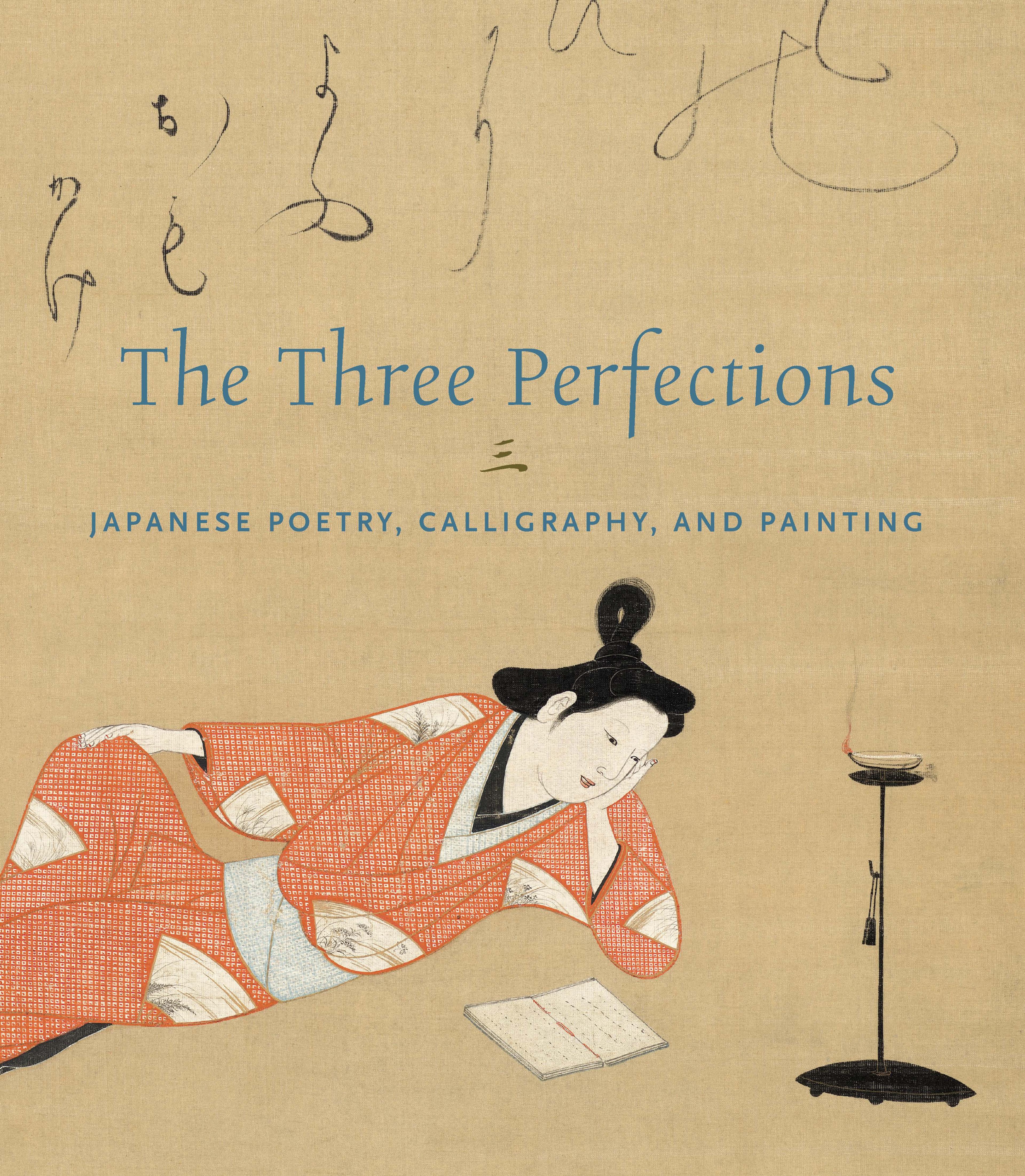Cranes
This diptych offers a close-up depiction of auspicious Chinese pictorial subjects—cranes and bamboo, set against a backdrop of pines. The composition draws upon ink painting of the Muromachi period (1392–1573), a tradition inspired by imported Chinese styles. However, in this piece, the cranes—symbols of longevity and good fortune—are rendered with almost humanlike expressions, enhancing their interaction. This expressiveness is a hallmark of the Kyoto painter Soga Shōhaku.
One of the major Japanese artists of the eighteenth century, Shōhaku was known for his outlandish behavior, sometimes unrestrained approach to painting, and rebellious personality, qualities that were frequently commented on by his contemporaries. His audacious individuality and departure from convention distinguished him from his peers and have earned his works a renewed high esteem today.
One of the major Japanese artists of the eighteenth century, Shōhaku was known for his outlandish behavior, sometimes unrestrained approach to painting, and rebellious personality, qualities that were frequently commented on by his contemporaries. His audacious individuality and departure from convention distinguished him from his peers and have earned his works a renewed high esteem today.
Artwork Details
- 曾我蕭白筆 鶴図
- Title:Cranes
- Artist:Soga Shōhaku (Japanese, 1730–1781)
- Period:Edo period (1615–1868)
- Date:ca. 1760
- Culture:Japan
- Medium:Pair of hanging scrolls; ink on paper
- Dimensions:Image: 52 3/4 × 22 1/16 in. (134 × 56 cm)
Overall with mounting: 90 3/16 × 28 in. (229 × 71.1 cm)
Overall with knobs: 90 3/16 × 30 1/4 in. (229.1 × 76.8 cm) - Classification:Paintings
- Credit Line:Mary and Cheney Cowles Collection, Gift of Mary and Cheney Cowles, 2019
- Object Number:2019.420.24a, b
- Curatorial Department: Asian Art
More Artwork
Research Resources
The Met provides unparalleled resources for research and welcomes an international community of students and scholars. The Met's Open Access API is where creators and researchers can connect to the The Met collection. Open Access data and public domain images are available for unrestricted commercial and noncommercial use without permission or fee.
To request images under copyright and other restrictions, please use this Image Request form.
Feedback
We continue to research and examine historical and cultural context for objects in The Met collection. If you have comments or questions about this object record, please contact us using the form below. The Museum looks forward to receiving your comments.
